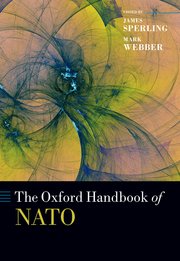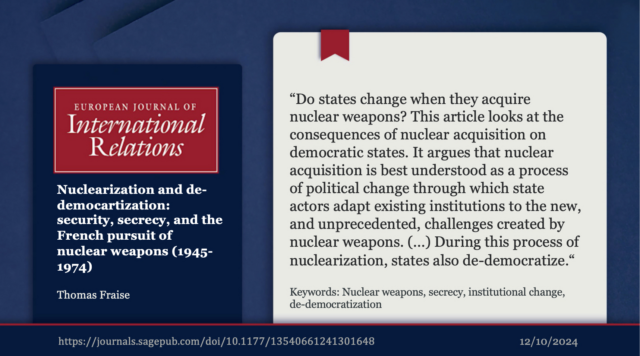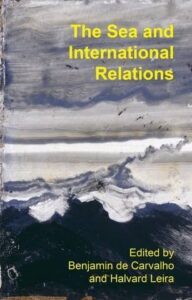The trope of resilience has emerged as a staple in NATO’s grappling with the many hybrid challenges it is currently facing both in the so-called grey zone of coercion, below the threshold of traditionally conceived violent attacks, and beyond. NATO’s coming to terms with the hybrid challenges through the past decade has been persistent, if somewhat piecemeal. There was a notable delay in recognising the nature and scope of the threat posed by Russia up until its brazen full-scale invasion of Ukraine in February 2022 on behalf of the North Atlantic allies. NATO’s framing of the Russia-challenge as primarily “hybrid” was paralysing the Alliance’s strategic diagnosis of its historical antagonist’s revisionist ambitions too long, thus delimiting the Alliance’s readiness and response to such a large-scale conventional challenge, at a tragic expense of Ukrainian lives. As the continuum between resilience and traditionally conceived deterrence by denial is shrinking, NATO’s tailorship of effective countermeasures to complex modern threats and challenges in and beyond the grey zone can only benefit from embracing resilience thinking, with an emphasis on anticipation, creative and flexible adaptation and the inclusivity of diverse decision-makers.


